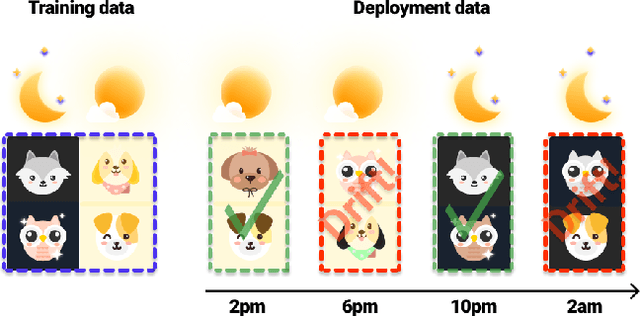Context-Aware Drift Detection
Paper and Code
Mar 16, 2022



When monitoring machine learning systems, two-sample tests of homogeneity form the foundation upon which existing approaches to drift detection build. They are used to test for evidence that the distribution underlying recent deployment data differs from that underlying the historical reference data. Often, however, various factors such as time-induced correlation mean that batches of recent deployment data are not expected to form an i.i.d. sample from the historical data distribution. Instead we may wish to test for differences in the distributions conditional on \textit{context} that is permitted to change. To facilitate this we borrow machinery from the causal inference domain to develop a more general drift detection framework built upon a foundation of two-sample tests for conditional distributional treatment effects. We recommend a particular instantiation of the framework based on maximum conditional mean discrepancies. We then provide an empirical study demonstrating its effectiveness for various drift detection problems of practical interest, such as detecting drift in the distributions underlying subpopulations of data in a manner that is insensitive to their respective prevalences. The study additionally demonstrates applicability to ImageNet-scale vision problems.
 Add to Chrome
Add to Chrome Add to Firefox
Add to Firefox Add to Edge
Add to Edge